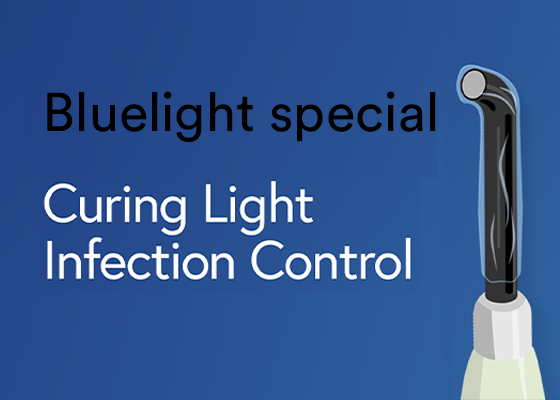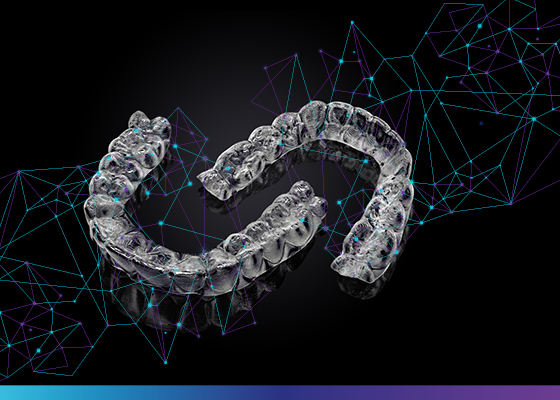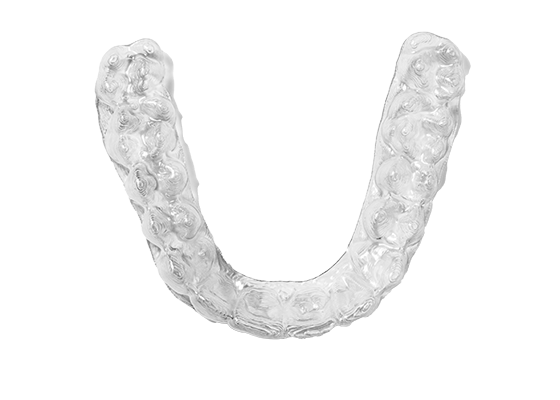Register now for the Annual 3M™ Excellere Summit to get greater clarity
Friday 13th September and Saturday 14th September 2024 in Rome, Italy.


As indicated by the CDC, the “Best Remedy for COVID-19 Is Prevention”. As health professionals in the current climate, now is a particularly prudent time for review and re-evaluation of infection control.
Like most tools that are used repeatedly across patients, it’s important that your curing light is thoroughly cleaned between uses, with special consideration for how your particular model needs to be maintained.
Your light is regularly exposed to contaminants such as saliva or blood, and therefore acts as a prime candidate for transmission of pathogens between patients. It has been identified that as many as two-thirds of dental practitioners do not consistently use infection control barriers on the tips of curing units and that almost 80% of light units showed material particle buildup on light-curing tips1.
Protect and disinfect, and ensure your infection control allows polymerization to take place effectively.
There are several common methods for infection control but many can negatively impact performance of the light, some as much as 30 to 40%! 2
This is true primarily for opaque barriers, but repeated autoclaving can also impede irradiance significantly 3.
You must ensure the curing light is safely disinfected and effectively performing. In many cases, a thin, clear infection control barrier will have a mild effect that can be accommodated accordingly by adjusting your cure times to respond to the new irradiance value. Measuring your light is essential for this.
Test irradiance with and without your barrier to learn:
the impact of your barrier to see if it’s suitable
the new irradiance to look up in the instructions for use of your materials
Use caution when selecting a barrier; avoid gloves or opaque sleeves
Apply the barrier properly (do not place the seam across the tip where light exits)
Clean the light guide between uses, even if it is fully covered 4
Review your manufacturer’s instructions for light maintenance; some lights cannot be autoclaved
Test your light regularly
It’s never too soon to review and update your infection control, especially now, when these concerns are top of mind for you and your patients.
Ultimately, our goal is to help you perform your craft knowing that your patient is safe and that their restorations will last; through the current difficulties of COVID-19 and long after.

Using Bluelight CheckUp, you can note in-app whether you’ve tested with or without a barrier and see your curing times without needing to look up the additional info after you measure.

Friday 13th September and Saturday 14th September 2024 in Rome, Italy.

Brain of the Week – History

For over 60 years, 3M material scientists have been at the forefront in working with multi-layer films in an array…